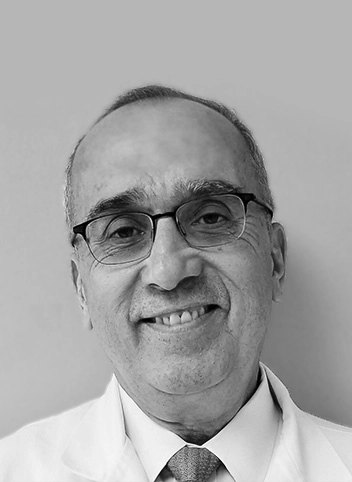
Users stories: interview with Douglas Dieterich

Before VCTE™ and CAP™, the only real diagnostic option for assessing patients with hepatitis C virus was biopsy, and even then, we couldn’t always pick up ‘borderline’ cases. We’ve almost stopped doing biopsies now, except in rare diagnostic dilemmas.

.
Our goal is to provide the highest level of liver care across the Mount Sinai System, and FibroScan® is an integral part of our strategy.
FibroScan® has dramatically changed the way we practice-for the better. It has had a significant impact on our patients’ overall long-term treatment. We use it as an opportunity to make recommendations for prognosis and testing. It is also a great way to provide immediate reinforcement for patients. We can say, “your liver looks good”, and give them a print out to bring back to their PCP. We don’t have to wait three days for blood tests to come back to give them an idea of how their liver looks.
We’re using FibroScan® for every patient with liver disease. Once you have a FibroScan®, you start thinking of more and more ways to use it.
FibroScan® is incredibly fast and useful. Minutes after we enter the exam room, we know the state of a patient’s liver disease: we have a better understanding of fibrosis and the amount of fat in the liver.
Before VCTE™ and CAP™, the only real diagnostic option for assessing patients with hepatitis C virus was biopsy, and even then, we couldn’t always pick up ‘borderline’ cases. We’ve almost stopped doing biopsies now, except in rare diagnostic dilemmas.
Yes. The baby boomer cohort is increasingly presenting with sicker livers. It really becomes important to know their level of fibrosis. Even with stage 3 fibrosis, patients can be at-risk for liver cancer. So we are now beginning to scan patients in the diabetes clinic for HCV.
Early detection is critical, but we found that there is inadequate screening for HCV and NAFLD in primary care settings. We are using the availability of the FibroScan® technology to encourage screening for liver diseases. We’re putting a portable unit into the diabetes clinic and have just begun a program to screen every patient in the obesity clinic, using FibroScan®.
In addition to the liver stiffness quantification with the VCTE™, we think it’s important to track CAP™ as well. The score is a surrogate marker for the amount of fat present in the liver. What we have learned is that patients who are cured of hepatitis C have dramatic reductions in their fibrosis levels as measured by VCTE™. However, those who also have fatty liver disease frequently will not improve even after a viral response.
The ability to collect and track VCTE™ and CAP™ measurements allows our practice to remain involved with these patients throughout their liver care. It’s difficult for a community doctor to understand and monitor fatty liver. And today, even more than hepatitis, fatty liver is contributing to cirrhosis and liver cancer.
Even on a patient’s first visit… if we see a CAP™ over 300, we know we probably have to follow this patient for life. The first step is a diet and exercise program for diabetes.
When we treat and cure HCV in these patients, the fatty liver seems to prevent resolution of the fibrosis measured by FibroScan®.
Today, our Liver Service is growing as we expand outreach. We feel it’s imperative to have FibroScan® in all of our clinics. We’ve purchased several portable units about the size of a carry – on suitcase that our providers can travel with to our outlying clinics. They have proven incredibly useful. Patients still like to visit multiple clinics so if we can bring the liver specialist to the diabetes and obesity clinics we see improved adherence to care. That’s something we learned from the HIV world.

